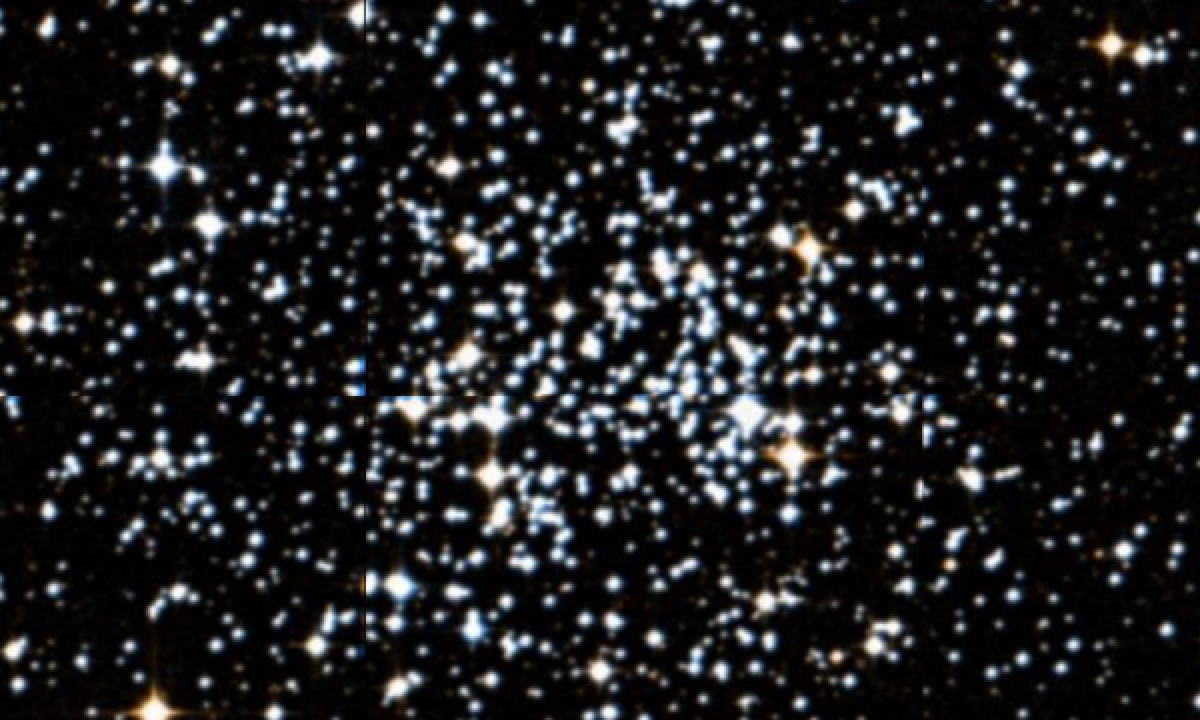The New General Catalogue of Nebulae and Clusters of Stars (abbreviated as NGC) is a catalogue of deep-sky objects compiled by John Louis Emil Dreyer in 1888. The NGC contains 7,840 objects, known as the NGC objects. It is one of the largest comprehensive catalogues, as it includes all types of deep space objects, including galaxies, star clusters, emission nebulae and absorption nebulae.
Know more about NGC
NGC 2506

NGC 2506 (also known as Caldwell 54) is a mildly-elongated open cluster of stars in the equatorial constellation of Monoceros, located at a distance of 12.7 kly from the Sun near the Galactic anti-center. It was discovered by William Herschel in 1791. The cluster lies around 10,000 ly from the Galactic Center and about 1,600 ly above the Galactic plane. It is of intermediate age, estimated at around two billion years. The cluster has an angular radius of 12′ and a core radius of 4.8′. At least 94 probable members have been identified within the field of NGC 2506 based upon their radial velocities. Compared to the Sun, the cluster is moderately metal-poor with an iron abundance of [Fe/H] = –0.3 dex. It shows indications of mass segregation, with the lower mass members being more likely to be in the outer parts of the cluster. This is the result of exchange of kinetic energy during encounters between the members. Twelve blue straggler stars have been located in the cluster, with three of them showing short-period oscillation. Fourteen Gamma Doradus variables have been found, as well as two detached eclipsing binaries, and three Delta Scuti stars.
More Images:

Sources:
Wikipedia Page: NGC 2506
NGC 2506 at In-The-Sky website
